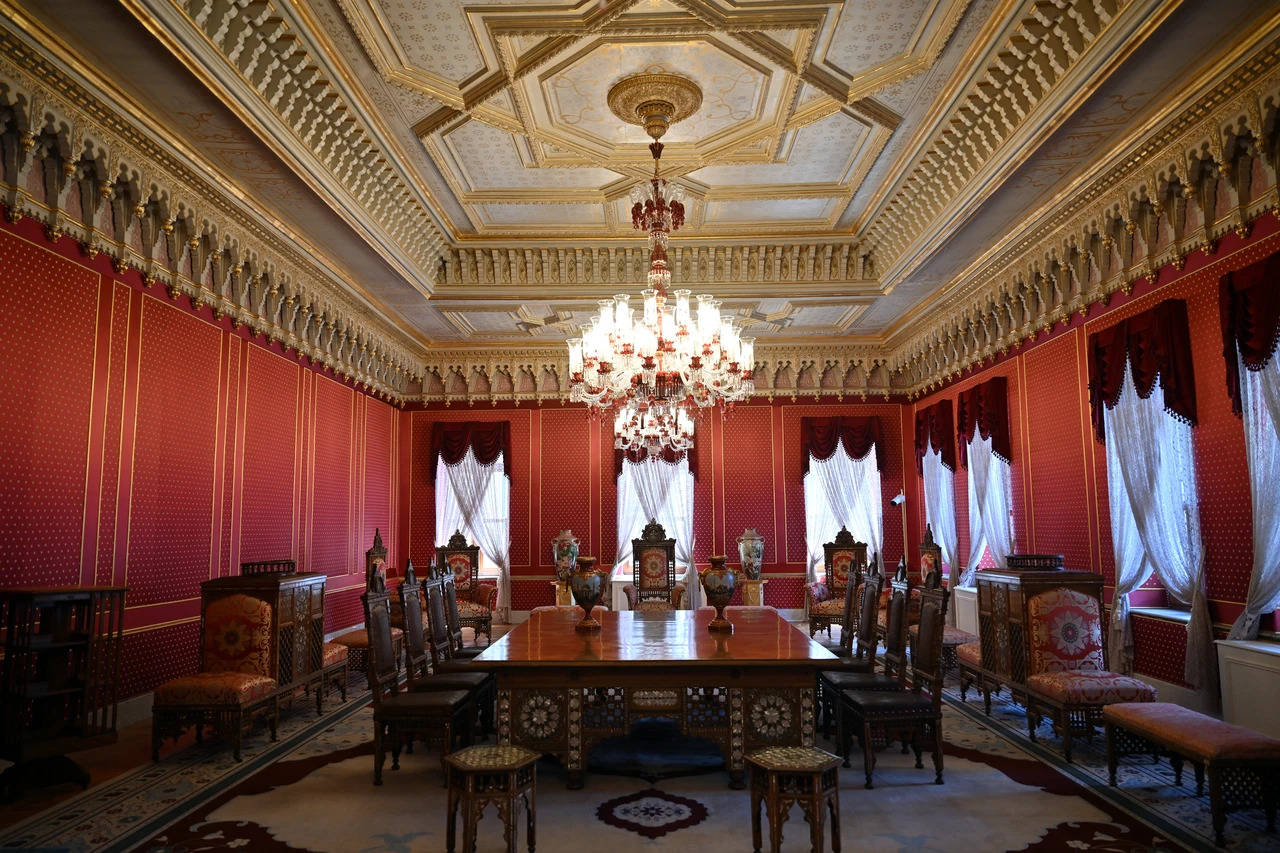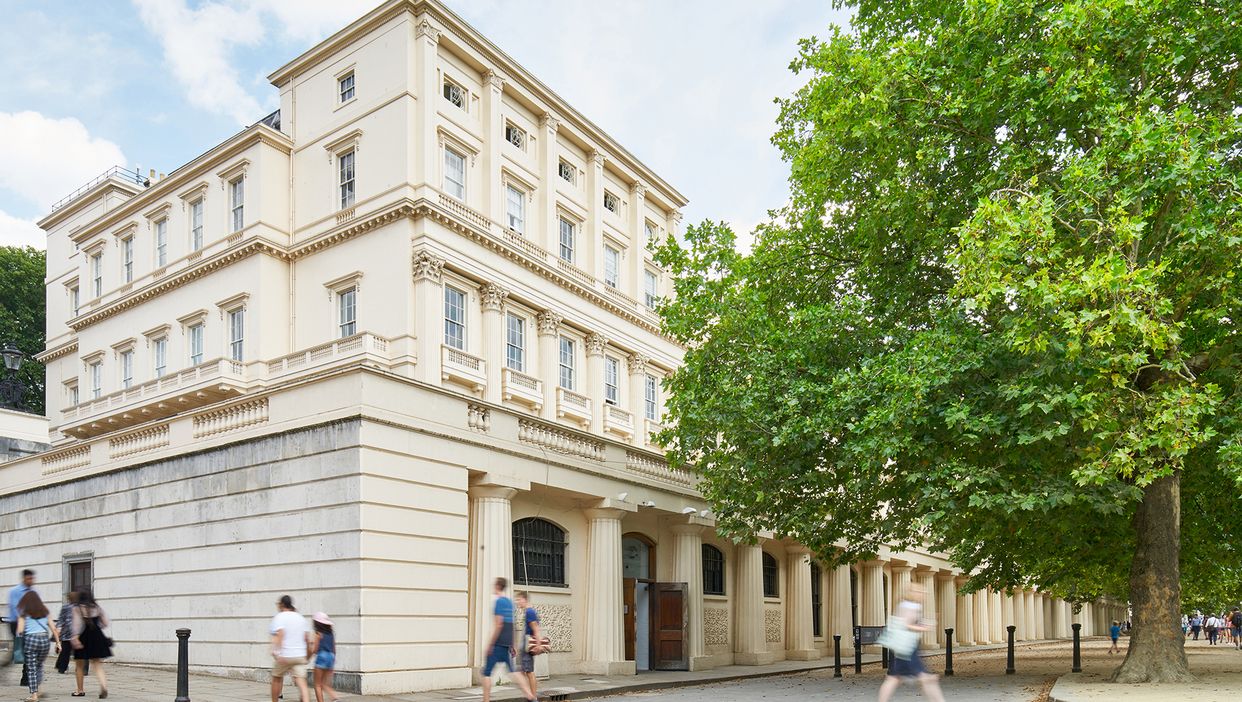Yıldız Palace, the last palace of the Ottoman Empire, opened to the public on July 20.
A press conference was recently held to discuss the renovation of the Yıldız Palace complex, originally built during Sultan Selim III’s reign and expanded into a state palace under Sultan Abdulhamid II.
Yasin Yıldız, President of the Department of National Palaces, highlighted the significance of the palace’s reopening for Turkey’s historical and cultural heritage. “We announce that one of the five largest surviving Ottoman Empire palaces in our country will soon be accessible to both local and foreign visitors,” he said.
Yıldız noted that the palace had been closed to visitors for nearly 100 years. “After 1924, Yıldız Palace served various purposes under different state institutions, which prevented public access. While some restoration work was done over the years, each institution had its own systems and practices, which kept these efforts distant from the public. In 2015, the palace’s structures, previously managed by eight different institutions, were unified. Then, in 2018, the Presidency of National Palaces took over the restoration work.”

Yıldız emphasized this milestone for Turkey, stating, “We have made significant progress during the five and a half years of restoration efforts by hundreds of people. We have largely completed the restoration of the palace section.”
Situated atop a steep hill with views of the Bosphorus, Yıldız Palace served as the seat of the Ottoman government and the residence of Sultan Abdülhamid II for 33 years (1876-1909). The property encompasses a vast complex of pavilions and gardens surrounding courtyards, all designed in various styles.
After many years of restoration, conservation, and landscaping, numerous buildings within the palace, such as the “Great Mabeyn Pavilion,” “Çit Pavilion,” “Small Mabeyn Pavilion,” and “Harem Room,” will be accessible to visitors for the first time in history.
The Great Mabeyn Pavilion, which hosted foreign dignitaries during the Ottoman era, was used for Presidential receptions until recently.
Visitors can also explore the “Hamid Garden,” historically known for its plant diversity, natural river-like waterway, and landscape design.
Buildings opening to the public for the first time include the “Limonluk,” “Turkish Bath,” “Selim III Fountain,” “Island Pavilion,” and “Cihannüma Pavilion.”
Exhibits showcasing Sultan Abdulhamid II’s life, personality, and leadership, along with his library and carpentry shop—among the largest in Europe and the Middle East—will be available to visitors. Additionally, photographs from the Yıldız Albums will be presented for the first time.
Thousands of rare works spanning military topics, geography, philosophy, espionage novels, astronomy, botany, and zoology have been discovered in the library section.
Among the manuscripts to be exhibited for the first time are the divan written by Sultan Suleiman under the pen name “Muhibbi,” Matrakci Nasuh’s book on Sultan Suleiman’s Iraq campaign, Katip Celebi’s “Cihannuma,” and examples of the Quran by famous calligraphers.







